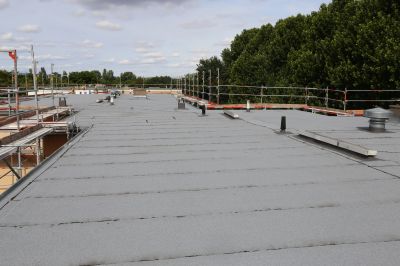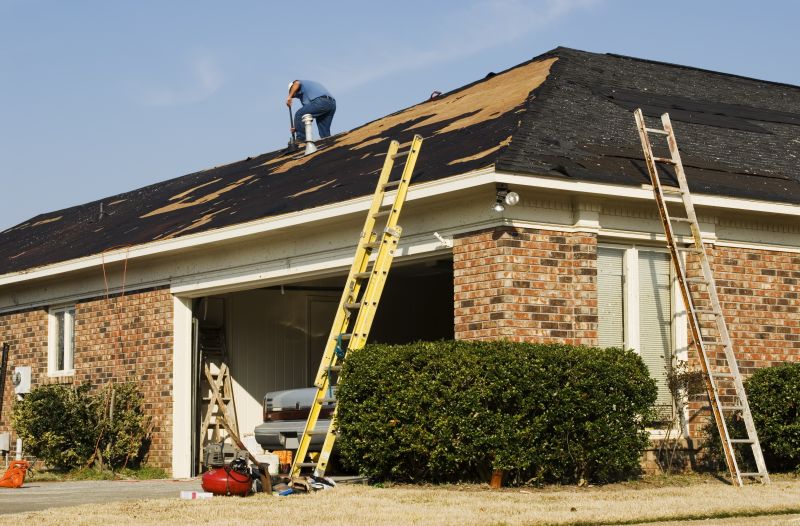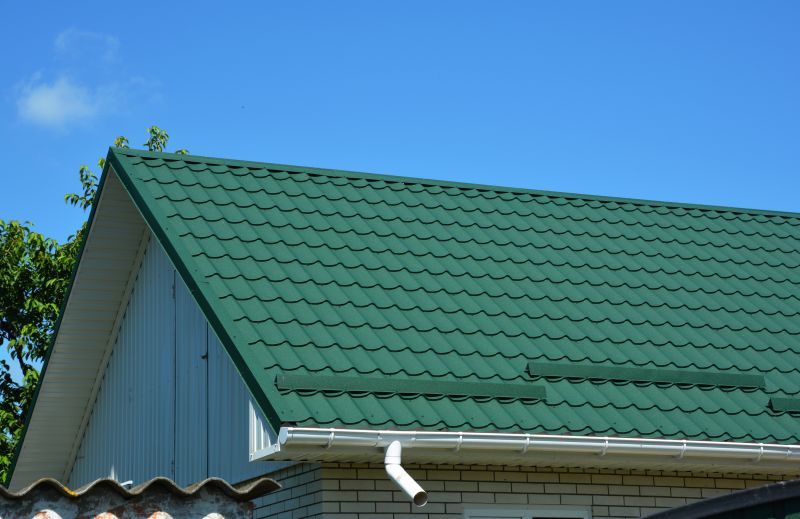Optimal Timing for Roofing Services
Understanding the optimal timing for roofing service can ensure the longevity and effectiveness of repairs or installations. Weather conditions, temperature, and seasonal factors play crucial roles in scheduling roofing work.
Spring offers moderate temperatures and less precipitation, making it ideal for roofing repairs and installations.
Warm weather and longer daylight hours facilitate efficient roofing work, but high heat can pose challenges.
Cooler temperatures and dry conditions help prepare roofs for winter, reducing the risk of damage.
Winter is generally less suitable due to snow, ice, and freezing temperatures, which can hinder roofing projects.

Ways to make Roofing Service work in tight or awkward layouts.

Popular materials for Roofing Service and why they hold up over time.

Simple add-ons that improve Roofing Service without blowing the budget.

High-end options that actually feel worth it for Roofing Service.

Finishes and colors that play nicely with Roofing Service.

Little measurements that prevent headaches on Roofing Service day.
Roofing service involves inspecting, repairing, and installing roofs to protect structures from weather elements. Proper timing can enhance the durability of roofing materials and reduce the risk of complications. Seasonal considerations are vital; for example, extreme cold can cause materials to become brittle, while excessive heat may lead to faster wear.
Statistics indicate that scheduling roofing work during favorable weather conditions can decrease project completion time by up to 30%. Additionally, avoiding harsh weather reduces the likelihood of future repairs caused by weather-related damage.

A 60-second routine that keeps Roofing Service looking new.

A frequent mistake in Roofing Service and how to dodge it.

Small tweaks to make Roofing Service safer and easier to use.

Lower-waste or water-saving choices for Roofing Service.
| Season | Ideal Conditions |
|---|---|
| Spring | Moderate temperatures, less rain, ideal for repairs |
| Summer | Warm, longer days, suitable for installations |
| Fall | Cooler, dry weather, prepares roof for winter |
| Winter | Cold, snow, ice, generally unsuitable |

